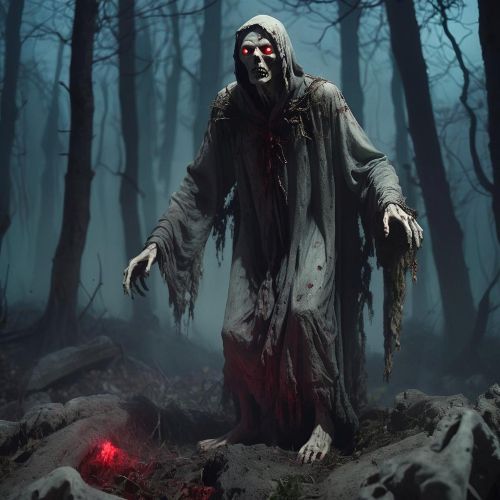Romanian Mythology
Romanian mythology is a rich blend of Dacian, Slavic, and later Christian traditions, reflecting the complex cultural history of the Carpathian region. Rooted in ancient beliefs about nature, spirits, and cosmic order, it has produced a wealth of stories that continue to influence folklore and cultural identity today. Romanian mythology is not only about gods and heroes but also about the unseen forces of the natural world, from protective spirits of the forest to frightening creatures of the night. These tales, passed down orally for generations, highlight the deep connection between people and the landscapes of Romania—mountains, rivers, and dark forests that have always inspired both awe and fear.
At its foundation, Romanian mythology draws heavily from the legacy of the Dacians, the ancient people who lived in the Carpathian Basin before Roman conquest. The Dacians worshiped Zalmoxis, a powerful deity associated with immortality and spiritual wisdom, whose cult emphasized the soul’s journey after death. Over time, influences from Slavic mythology introduced figures such as Perun, the thunder god, blending with local traditions. The result was a mythological system that combined Indo-European roots with local adaptations, producing a uniquely Romanian spiritual worldview that survived into the medieval period and beyond.
Among the most distinctive elements of Romanian mythology are its mythological beings and supernatural creatures. The strigoi, undead spirits or vampires, are among the most famous, inspiring later European legends about Dracula. The moroi, similar spirits of the dead, and the pricolici, werewolf-like figures, represent darker aspects of the mythology, tied to fears of death and the unknown. At the same time, Romanian mythology also features benevolent beings, such as fairies and nature spirits, who can protect households and guide travelers. Seasonal festivals, folk rituals, and protective charms are all rooted in these beliefs, showing how myth was woven into the daily lives of ordinary people.
In modern times, Romanian mythology continues to shape the country’s culture, identity, and international reputation. The global fascination with vampires and werewolves has its roots in Romanian traditions, particularly the legends of Transylvania, but there is far more to the mythology than these famous figures. Writers, filmmakers, and folklorists are increasingly drawing attention to Romania’s vast mythological heritage, from ancient Dacian gods to local fairy tales. Romanian mythology remains a living tradition, celebrated in festivals, literature, and art, preserving the imagination of past generations while offering inspiration for the present.


